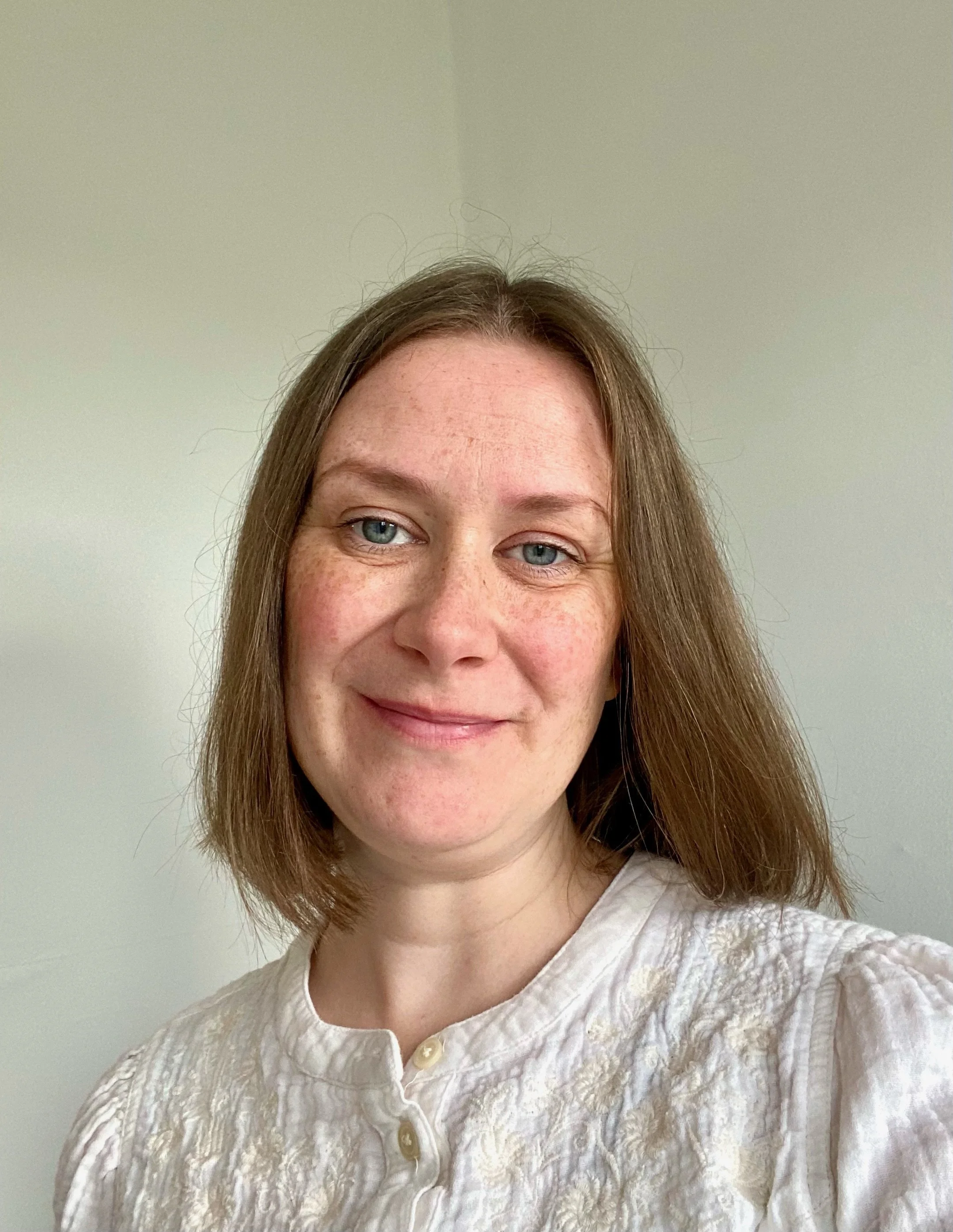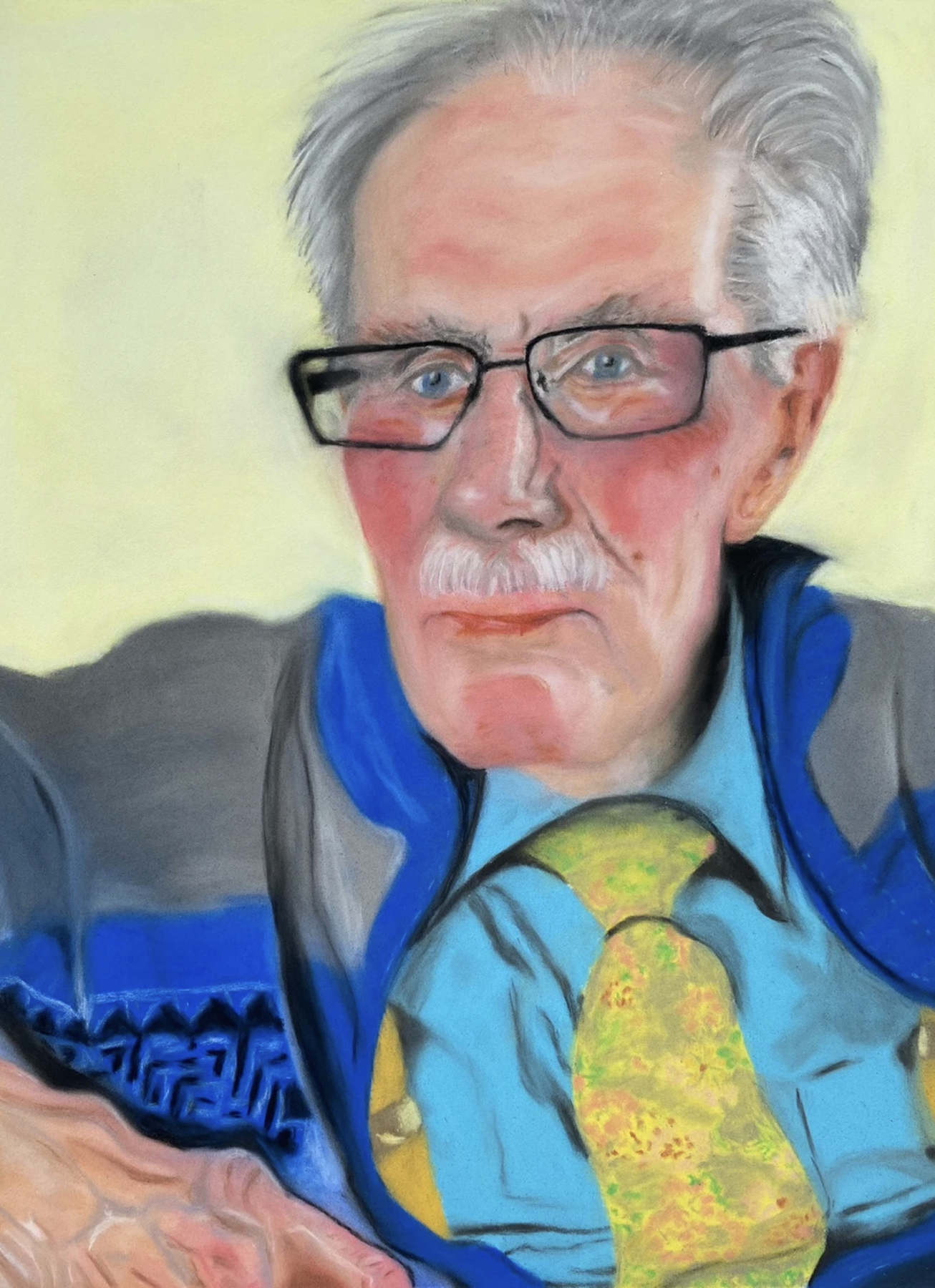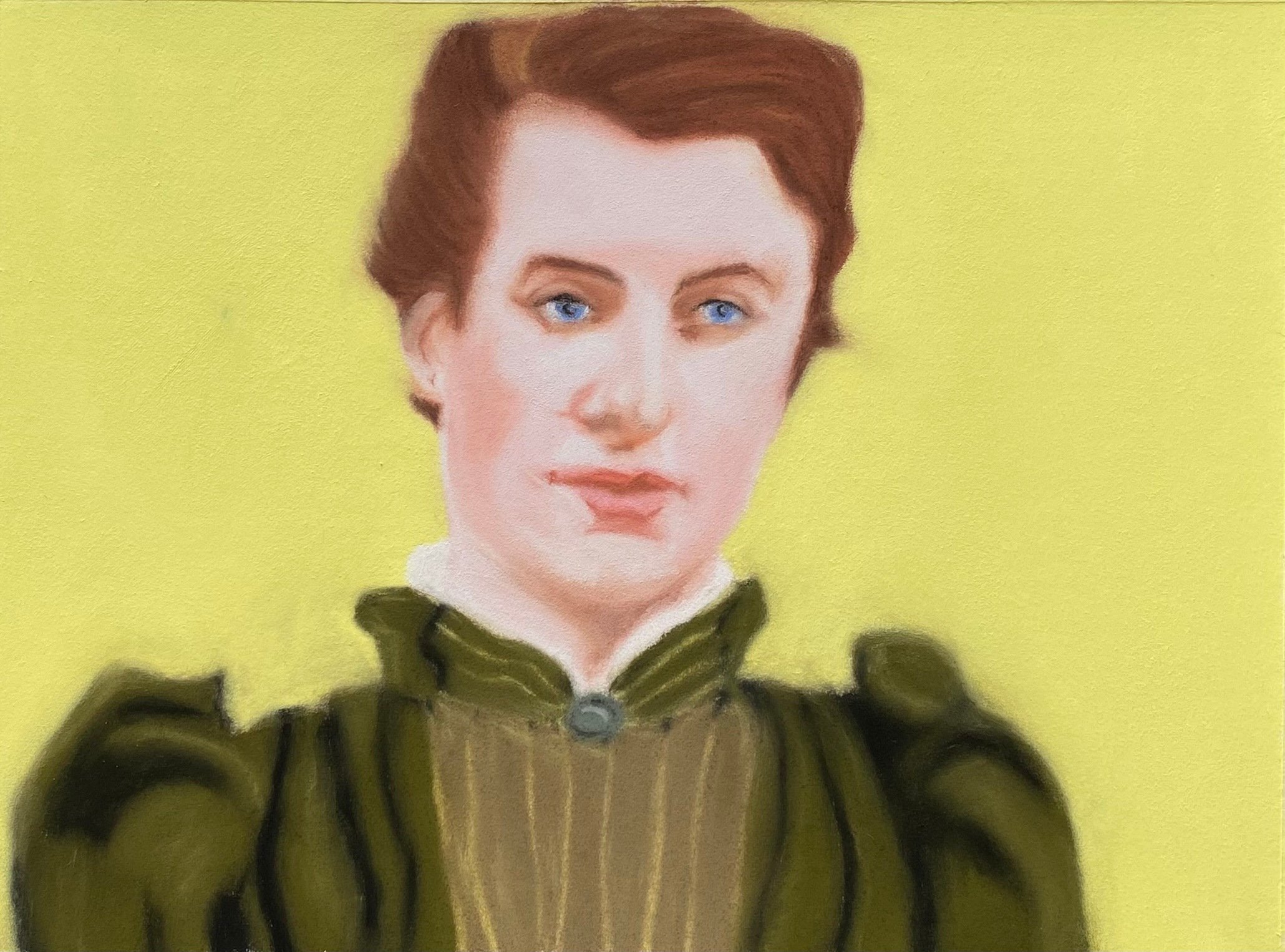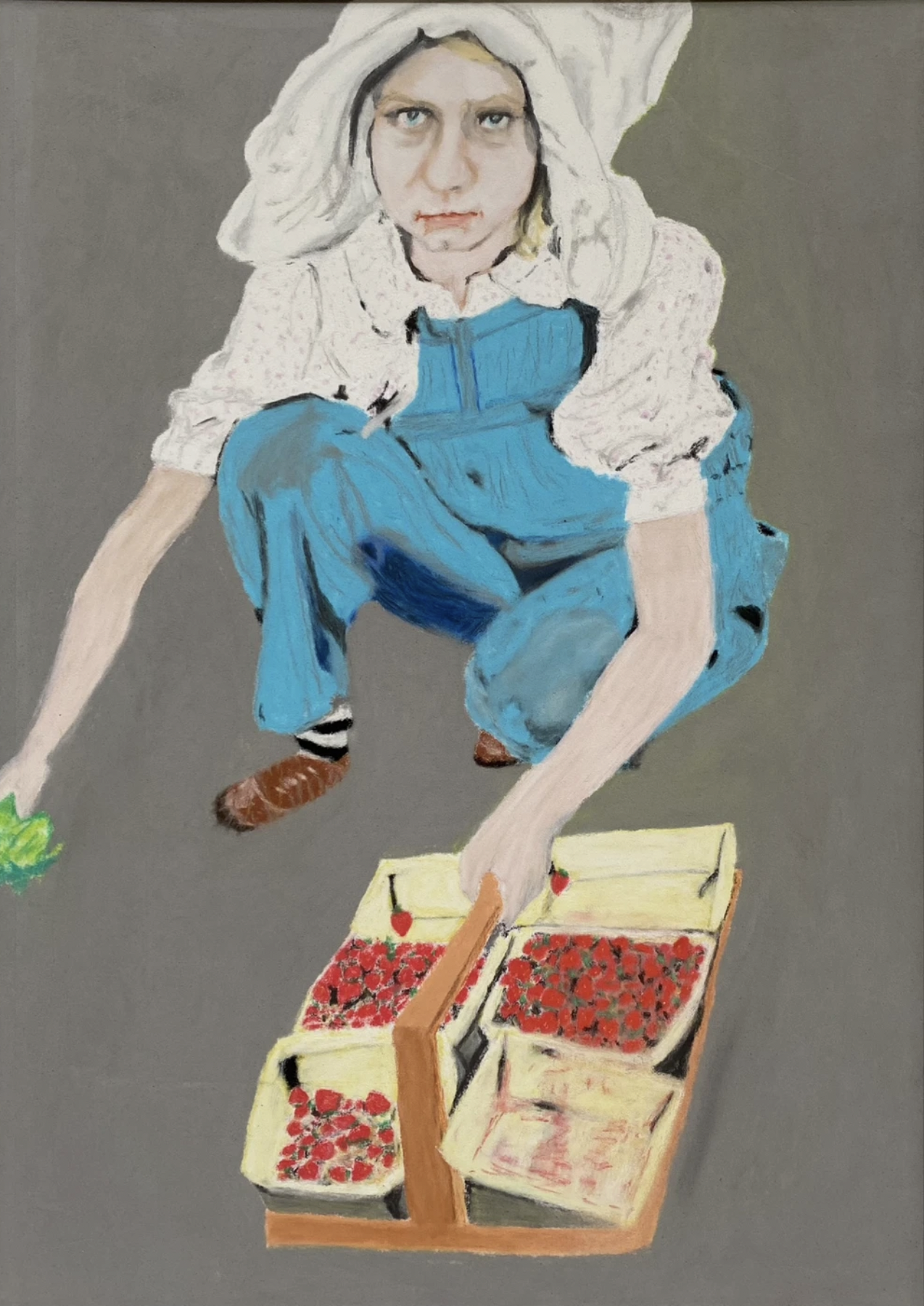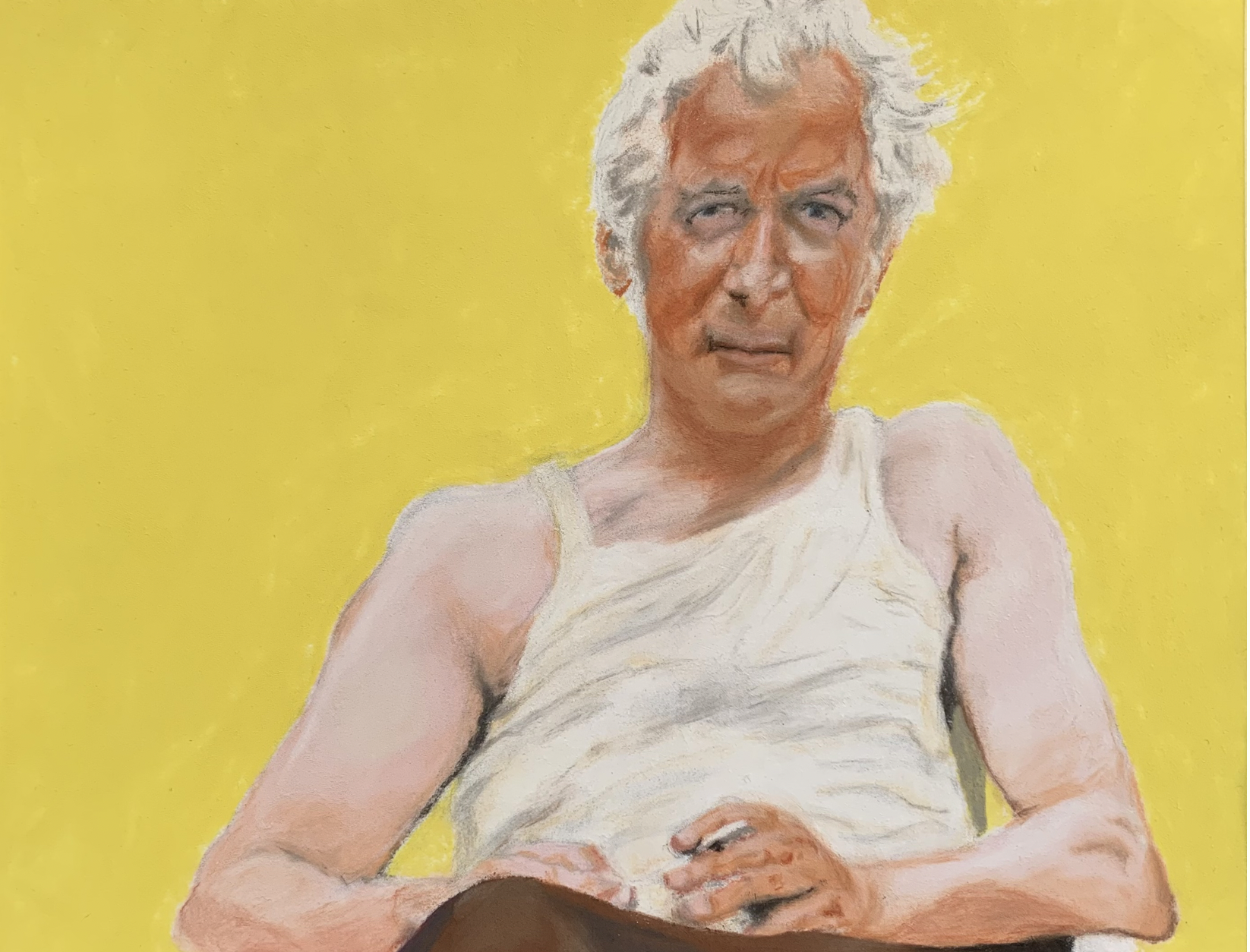ARTIST INTERVIEW: Melissa Speed
Please introduce yourself. What ignited the desire to become an artist?
Ever since I was a child, I have been captivated by works of art and would spend so long gazing into a painting, particularly portraits. Although I enjoyed drawing as a child, the opportunity to develop as an artist really came more recently. Following a cancer diagnosis, I decided to start prioritising more of what I wanted to do in my spare time. A long-time fan of the Sky Arts Portrait Artists of the Year TV show, I often found myself wanting to pick up a pencil and draw, but it was actually a trip to Haddon Hall near my home in Derbyshire that finally inspired me to draw again. Of course, once I had drawn the gardens there, I remembered how much I love drawing and bought myself some new art supplies, quickly returning to my first love of portraiture.
Why have you chosen to work with pastels? How does this medium reflect the narrative in your pieces?
I experimented with a number of different mediums, from pens and markers to acrylics and oils, but still, nothing felt quite ‘me.’ I had wanted to try pastels but, having received no training since key stage three of secondary school, I lacked the confidence to give them a go. Encouraged by an artist and gallery manager at a gallery I sometimes exhibit with, I eventually took the plunge just before Christmas 2022. The pastel sticks felt like an extension of my fingers, and I immediately knew they were the medium for me. I find pastel really stands out and enables the sitter to jump from the page. They not only draw the viewer in, they release the subject. I like to think of the people in my portraits having lives of their own, which will be a different life with every viewer that engages with them. One person may see a lifelong friend, another a thoughtful stranger, and another a figure of authority. We all see things differently, just as we are all different for different people. Pastel enables my works to take on lives of their own.
Your ‘Historical’ series of work is centred around historical images you have found, often depicting migrant workers. Where do you source the photographs? What is the significance of these images to you?
I am a history enthusiast, so creating historically themed works allows me to combine my two passions. I scour through old family photos looking for inspiration, often finding it in pictures of my grandparents and their relatives, but I also use Picryl to search for specific public domain reference images. For example, my Strawberry Pickers series depicts migrant child labourers during World War II. I needed to create strawberry-themed work for an exhibition opportunity, and I didn’t want to just create happy strawberry-picking images which look nice for a brief glance, I wanted to do something more interesting. I wanted to challenge the audience’s traditional associations with the fruit, which has connotations of summer and sweetness and happy days out with the kids, so it seemed like the perfect opportunity to explore the darker side of the theme. I find children in wartime can be very powerful, forcing people to see what they might otherwise turn a blind eye to, and when I stumbled across the farm security reference photos, I found myself haunted by the image of the girl from Michigan, in 1940, whose expression held my gaze. I chose to isolate the children from their surroundings, forcing the viewer to connect with them and see their expressions.
How do you capture a likeness in your portraits? What is the key to capturing an individual's personality?
I think the key to capturing a sitter’s character is different for every sitter. One person might have something in the way they hold themselves, the line of their shoulders, the tilt of their head, another might reveal all through the eyes. One of my most popular works depicts a local man who is an integral part of the community, and everyone comments on the way I have caught the way he always seems ready to smile, so with him, it was all in the mouth, cheeks and eyes. I think it’s important to spend time getting to know the sitter, through conversation and close study where possible, but when this isn’t possible, such as when working from historical reference photos, taking time to think about my own reaction and what stands out to me as the artist can help me to decide on composition and what I want to say through my work about this person or people.
Have your surroundings been influential to your work?
My surroundings often influence my work but perhaps not in the way people might expect. Rather than the landscapes and architecture being the influence, I find I’m inspired by the communities around me. My sketchbook features people I’ve drawn at local events, such as a dancer in Bakewell at the International Day of Dance festival. I’m always drawn to people. I’m currently working on a community project celebrating the people of Derbyshire. One of the works which led to the project coming about was my portrait Turning 96, which depicts a lovely man from my village named Ken, who is a longstanding member of our community.
Thinking about your most recent work, what was your creative process? Describe the journey of the piece from start to finish.
My most recent work is a small portrait of the anthropologist and writer Edith Durham. I sourced a public domain photograph of Durham and, it being from the nineteenth century and therefore not in sharp focus, chose my smallest Pastelmat to work on. I find the smaller sizes work best for portraits in which the sitter or sitters are not in sharp focus, as the limited detail works best in smaller works. I tape my Pastelmat to my drawing board and usually get straight to work in a light colour, such as pale pink, grey or brown, marking out the outlines of the composition. In this case, I chose a pale pink as Durham was a Caucasian person. Where to position my subject within the page is a key part of the composition for me. I don’t always place them centrally, sometimes I will even place their head in a corner knowing the top of the head will be out of the picture, but this is all part of what I want my work to say. If a person seems uncomfortable or trapped, I might have them squashed into the page with parts of them out of the picture, whereas a shy or lonely person might have a lot of space around them. With Durham, she had to be almost central as she was a confident woman who explored the world, but she also had a passion for people and heritage, so I wanted her to seem confident yet with a softness.
Once the composition was marked out, I set to adding colour to the face before building the features. I use a lot of pastel, building layers and blending until I obtain the desired effect. With historical works such as these, the clothing is as important as the face, as it helps to transport the viewer to a different time. It’s also important for me to not lose the period feel by adding too much detail, I like to respect the reference material whilst using it to create something of my own. When most of the colours are built up, I spray a traditional fixative onto the work before adding any highlights and shadows, and finally, when the portrait is finished, I choose a background colour and block that in. I chose a soft yellow for this particular portrait as it worked well with the skin tone I had given her and the green I had chosen for her clothing, though I often think about the setting when I choose a background colour, as well as colour connotations which might emphasise an aspect of the sitter’s mood or character.
Which piece are you most proud of, and why?
The piece of which I’m most proud has to be a small portrait of my grandfather called Jack in Summer. I used a small photo from the late 1970s as my reference image and isolated him from his surroundings, as I do with almost all my portraits, replacing the background with a warm yellow to elicit summertime. I was so happy with the way I had captured him and the detail I had achieved using only pastel sticks (no pastel pencils), but I was also happy with what he represented in this photo – a working man relaxing on a day off but looking exhausted by years of hard work. Of course, I’m most proud of it because it is a portrait of my grandad who died when I had just turned three (he had a heart attack on my third birthday) yet everyone who knew him says how well I captured him. I guess some people stay with you long after they’re gone, even if you didn’t know them for long. I hope that’s what my portraits achieve – leaving a lasting impression that will cause the viewer to remember the person in the portrait long after they have looked at it.
Why do you think art is important in society?
Art connects people. It gives voices to those who might not be able to say what they want to say, be they the artist or the sitter, or even the viewer. Art can challenge or it can celebrate. It is different for every person who experiences it. A lonely person feeling isolated and misunderstood might come across a Lowry and identify with the work and feel less alone, they might think ‘he got it’ and no longer feel like the only person feeling the way they do. I think that’s magical. Art enables people to communicate across space and time, transcending all language and class boundaries that are in society’s way.


